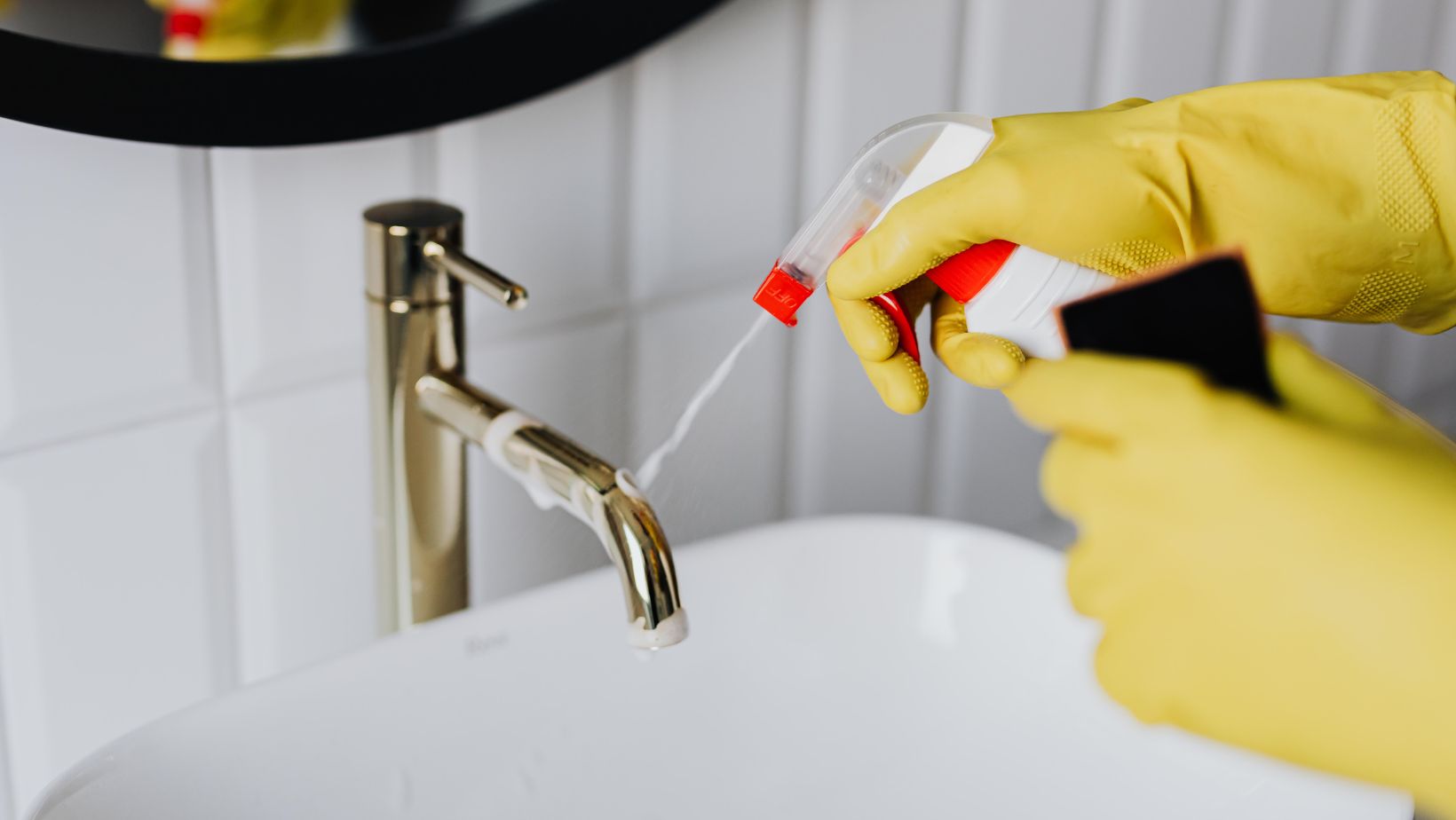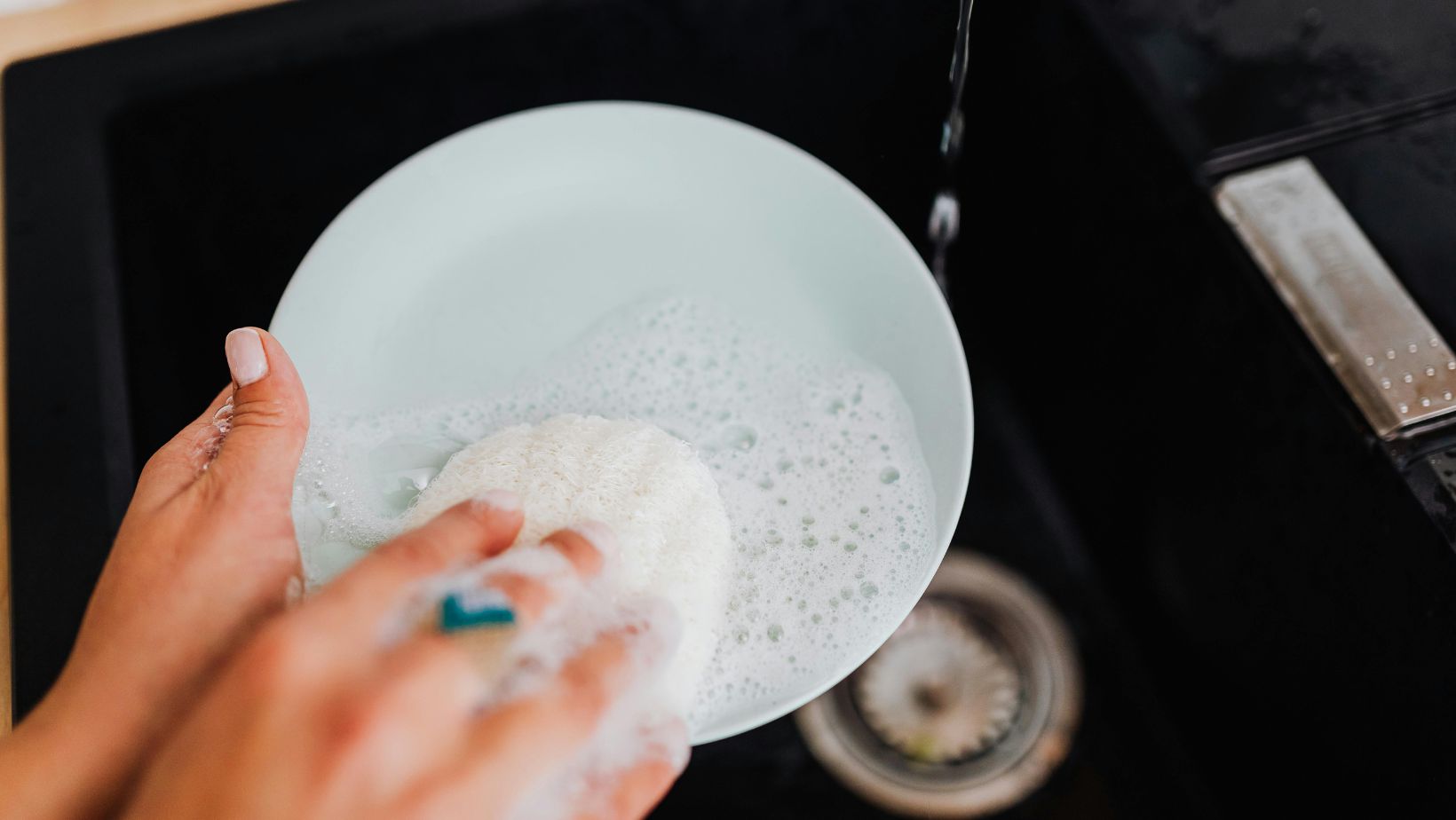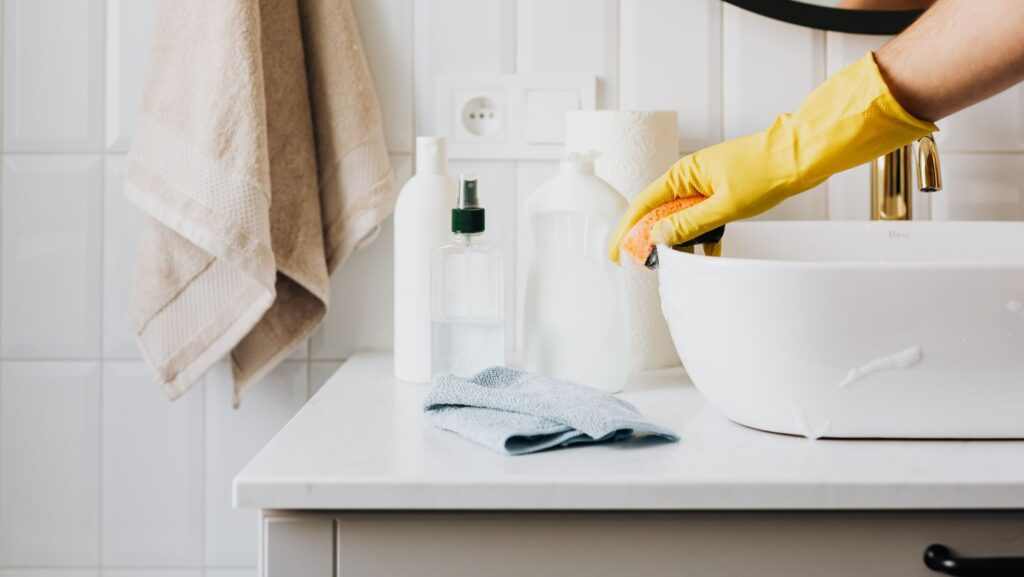Keeping our homes clean feels like second nature—a routine that promotes health, comfort, and peace of mind. Most of us have developed familiar patterns: sweeping, mopping, dusting, and using a vacuum to tackle floors and carpets. Yet beneath these seemingly straightforward activities lies a web of environmental and health consequences that rarely cross our minds. While the immediate satisfaction of a spotless home is undeniable, the methods and tools we choose can trigger unexpected ripple effects that reach far beyond what meets the eye.
How Cleaning Methods Affect Indoor Air Quality
The connection between cleaning and indoor air quality turns out to be surprisingly intricate. What seems like a straightforward cause-and-effect relationship—clean more, breathe better—often proves more complicated in practice.

Take vacuuming, for instance. While it excels at pulling up visible dirt and debris, the process can actually worsen air quality in the short term. The powerful suction stirs up a invisible storm of fine particles, dust mites, and volatile organic compounds (VOCs) that had been resting peacefully in carpets and crevices. Without adequate filtration, these microscopic troublemakers become airborne and can linger in your breathing space for hours. This explains why some people find themselves sneezing or feeling stuffy right after a thorough vacuum session.
Here’s where filtration systems become game-changers. High-Efficiency Particulate Air (HEPA) filters work like microscopic nets, capturing particles as tiny as 0.3 microns with remarkable 99.97% efficiency. This dramatically cuts down on the redistribution of allergens and fine dust that would otherwise float through your home. Unfortunately, the standard filters found in many household appliances simply aren’t up to the task—they let these smaller particles slip through, sending them right back into circulation through your home’s air system.
The Environmental Footprint of Household Cleaning Tools
When we think about cleaning’s environmental impact, we typically focus on the immediate task at hand. But the real story unfolds across a much broader timeline, encompassing everything from energy consumption during use to the complex web of environmental costs that span an appliance’s entire existence.
Electric cleaning appliances, particularly vacuums, demand considerable power during operation—typically anywhere from 500 to 1,500 watts. While that might not sound like much for a single household, multiply it across millions of homes, and you’re looking at substantial collective energy demand that adds up quickly.
The environmental picture becomes even more complex when you consider the complete life cycle of these cleaning tools. Manufacturing consumes raw materials and energy, shipping adds transportation emissions, daily use requires electricity, and eventual disposal contributes to our growing electronic waste problem. This raises an interesting question about durability versus disposability. High-quality, repairable appliances might demand more resources upfront, but their extended lifespan often translates to a smaller environmental footprint over time compared to cheaper models that need frequent replacement.
Sometimes the most environmentally friendly choice is also the simplest one. Using a broom on hard floors instead of firing up the vacuum eliminates electricity use entirely while delivering comparable results—a perfect example of how matching the right tool to the task can make a meaningful difference.
Health Considerations: Allergens, Microbes, and Beyond
The relationship between cleaning methods and allergen and microbe levels reveals yet another layer of complexity that many homeowners never consider. Paradoxically, cleaning equipment that isn’t properly maintained can transform from a solution into part of the problem.
Vacuums without adequate filtration or those sporting overstuffed bags can become unwitting distributors of bacteria, mold spores, and allergens. During operation, the appliance’s suction disrupts particles that had settled into carpets and upholstery, launching them into the air as bioaerosols—clouds of potentially harmful microorganisms that can linger long after you’ve finished cleaning. Research has shown that poorly maintained vacuums can spike airborne bacteria levels to 100 times their normal concentrations, turning your cleaning session into an inadvertent health hazard.
This makes regular maintenance absolutely crucial for protecting your family’s health. Staying on top of filter replacements, disposing of vacuum bags properly, and avoiding cleaning in damp conditions can significantly reduce these risks. For households dealing with allergies, even the timing of cleaning activities matters. Allowing disturbed particles to settle before spending time in freshly cleaned spaces can minimize exposure to airborne irritants that might otherwise trigger symptoms.
Sustainable Cleaning Practices for a Healthier Home
Creating truly sustainable cleaning practices means finding the sweet spot where effectiveness, environmental responsibility, and health considerations all align. Energy-efficient appliances maintained on proper schedules represent one piece of this puzzle, but the strategy extends well beyond simply choosing the right equipment.
Key Takeaways for Sustainable Cleaning:
• Match cleaning tools to surface types—embrace manual methods where they make sense
• Invest in quality filtration systems for cleaner air and longer-lasting equipment
• Stay consistent with equipment maintenance to ensure peak performance and hygiene
• Be strategic about timing and frequency to minimize health impacts
• Choose durable, repairable appliances over throwaway alternatives
These practices work together to create a holistic approach that addresses immediate cleaning needs while keeping an eye on long-term environmental and health outcomes.
Final Reflection and Takeaway
The world of household cleaning proves far more nuanced than it initially appears. Beneath the surface of our daily routines lies a complex interplay between cleanliness, health, and environmental stewardship that extends well beyond simply making things look tidy.

Every choice we make—from the tools we select to how we maintain and use them—sends ripples through our indoor environment, energy consumption patterns, and long-term health outcomes. The challenge isn’t achieving spotless perfection at any cost, but rather developing thoughtful cleaning habits that genuinely support both our well-being and environmental sustainability.
By understanding these broader connections, we can move beyond surface-level cleaning toward practices that serve our health while respecting the larger ecosystem we’re all part of. The goal is finding that balance where effective cleanliness and responsible stewardship work hand in hand.


More Stories
10 Board Games That Turn Any Quiet Night Into a Laugh Riot With Friends
Five Winter-Friendly Hobbies to Try
The Meh Dai Baby Carrier Is Back — And Parents Can’t Stop Talking About Its Perfect Fit!